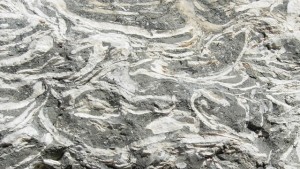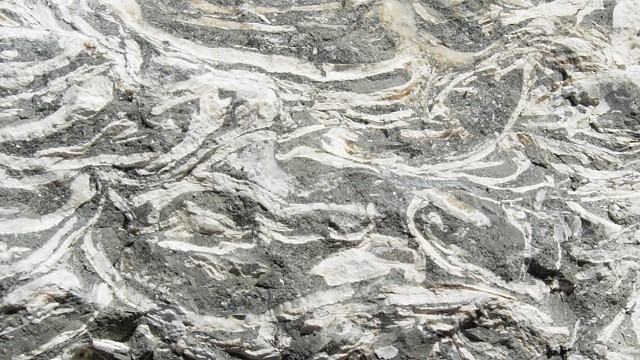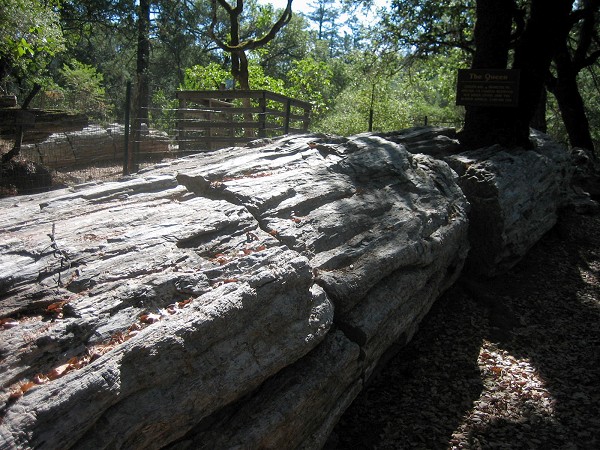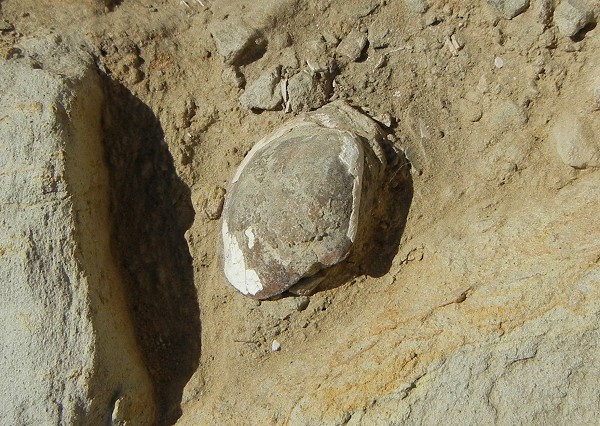
The Bay Area, rich as it is in geological interest, is not supreme in fossils. We have no dinosaur bones here, no human ancestors, none of the truly precious lagerstätten sites like the Solnhofen Limestone or Burgess Shale. But fossil collecting can still be a subject fraught with disagreement.
The legal codes are clear. California Public Resources Code section 5097.5 forbids anyone to "excavate upon, or remove, destroy, injure, or deface, any . . . vertebrate paleontological site . . . or any other . . . paleontological . . . feature, situated on public lands, except with the express permission of the public agency having jurisdiction over the lands." This covers city, county, regional and state parks. National parks? Forget that too.
"Express permission" is possible. Most parks permit scientists to conduct research, but that is carefully specified so as not to affect your full enjoyment of the public's land. And park staff can carry out excavations for, as the East Bay Regional Parks District puts it, "research, interpretive, educational or park operational purposes."
These people take their responsibility very seriously. In "Junior Ranger" programs in state parks, the instructors allow children to pick up fossils, but after making rubbings of them to take home (or take photos, of course) the kids leave the fossils behind. Even rocks must be returned to where they were found. Guides for the public (like the U.S. Geological Survey's guide to the fossils of Fitzgerald Marine Preserve) scrupulously invite you to "observe" the fossils.
I hope that you will honor and internalize this attitude. Nevertheless, here are three good ways to collect lots of fossils in California.


